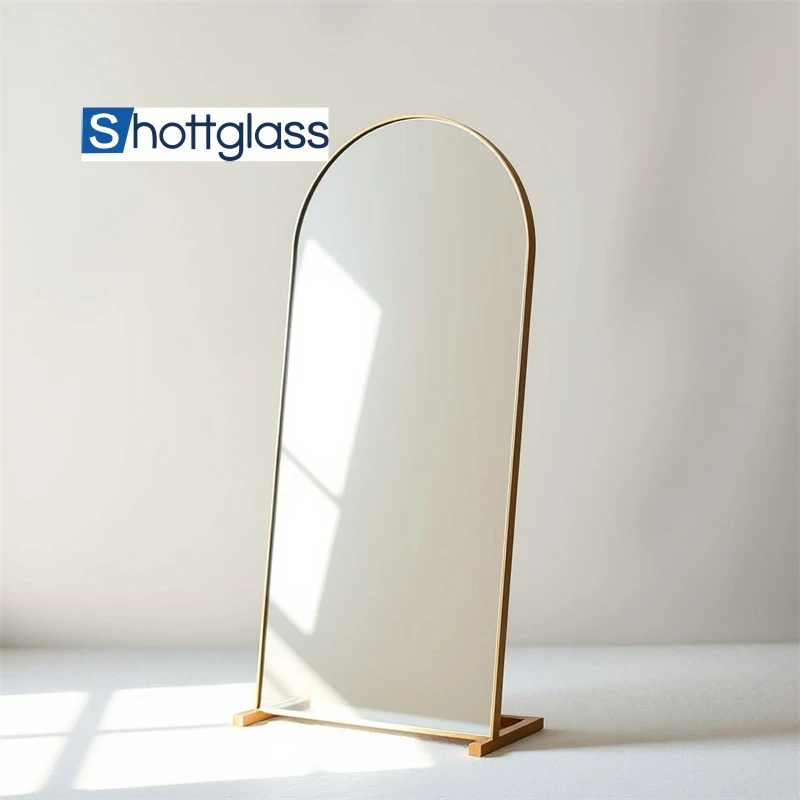Sep . 27, 2024 20:04 Back to list
Benefits of Laminated Windshield Glass for Safety and Durability in Vehicles
Understanding Laminated Windshield Glass Safety, Durability, and Innovation
Laminated windshield glass is a crucial component in modern automobiles, playing a vital role in ensuring passenger safety and enhancing vehicle performance. This innovative glass technology has gained widespread acceptance due to its numerous benefits over traditional glazing options. In this article, we will explore what laminated windshield glass is, how it works, its benefits, and its impact on the automotive industry.
What is Laminated Windshield Glass?
Laminated windshield glass is produced by sandwiching a layer of polyvinyl butyral (PVB) or ethylene-vinyl acetate (EVA) between two layers of glass. This construction process creates a strong bond that holds the layers together, even when the outer layer is shattered. The PVB layer not only enhances safety but also provides sound insulation and UV protection, making it an ideal choice for automotive applications.
How Does it Work?
The primary purpose of laminated windshield glass is to improve passenger safety. In the event of an accident, if the windshield is struck with a high impact force, the PVB layer ensures that the glass shatters without breaking apart. Instead of scattering dangerous shards inside the vehicle, the shards stay adhered to the PVB layer, significantly reducing the risk of injury to occupants. This shatter-resistant characteristic makes laminated glass a preferred option for front windshields, where visibility and safety are paramount.
Moreover, laminated glass contributes to the vehicle's structural integrity. It helps to support the roof of the car, preventing it from collapsing during a rollover accident. Additionally, the laminated layer can absorb some of the energy from a collision impact, further protecting the passengers inside.
Benefits of Laminated Windshield Glass
1. Enhanced Safety The shatter-resistant properties of laminated glass significantly improve occupant safety during accidents. The PVB layer acts as a barrier against flying debris and minimizes the risk of ejection from the vehicle.
laminated windshield glass

2. Sound Insulation Laminated windshields offer better sound insulation compared to standard tempered glass. The PVB layer absorbs sound waves, reducing road noise and creating a quieter cabin environment, which enhances the overall driving experience.
3. UV Protection The PVB layer also filters out harmful ultraviolet (UV) rays from the sun, providing occupants with added protection against skin damage and reducing heat buildup inside the vehicle.
4. Improved Visibility The clear and high-quality optical characteristics of laminated glass provide better visibility than regular glass. This prevents distortion and ensures that drivers have a clear view of the road.
5. Increased Durability Laminated glass is more resistant to impacts from small stones and other debris encountered while driving. It is less prone to chipping and cracking compared to traditional glass, which can lead to lower maintenance costs over time.
The Future of Laminated Windshield Glass in the Automotive Industry
As the automotive industry continues to evolve towards greater safety and performance, laminated windshield glass remains at the forefront of innovation. With the advent of advanced driver-assistance systems (ADAS) and autonomous vehicles, the integration of sensors and cameras in windshields is becoming increasingly common. Laminated glass must adapt to accommodate these technologies while maintaining its safety and durability features.
Manufacturers are also exploring the use of more eco-friendly materials in the production of laminated glass. This not only promotes sustainability but also meets the growing consumer demand for environmentally friendly vehicle components.
In conclusion, laminated windshield glass is an essential element that enhances safety, comfort, and performance in modern automobiles. Its unique construction provides significant advantages over traditional glass, making it a standard choice for vehicle manufacturers worldwide. As technology continues to advance, laminated glass will undoubtedly play a critical role in shaping the future of automotive design and safety.
-
Sustainable Practices in a Modern Coated Glass Factory
NewsAug.07,2025
-
Insulated Glass Unit Installation Best Practices and Tips
NewsAug.07,2025
-
Frosted Glass Types and Custom Solutions for Sale
NewsAug.07,2025
-
Current Clear Float Glass Price Trends in Global Markets
NewsAug.07,2025
-
Comparing Different Types of Laminated Glass Performance
NewsAug.07,2025
-
Best Anti Fog Bathroom Mirror Solutions for Humid Climates
NewsAug.07,2025
Related PRODUCTS














